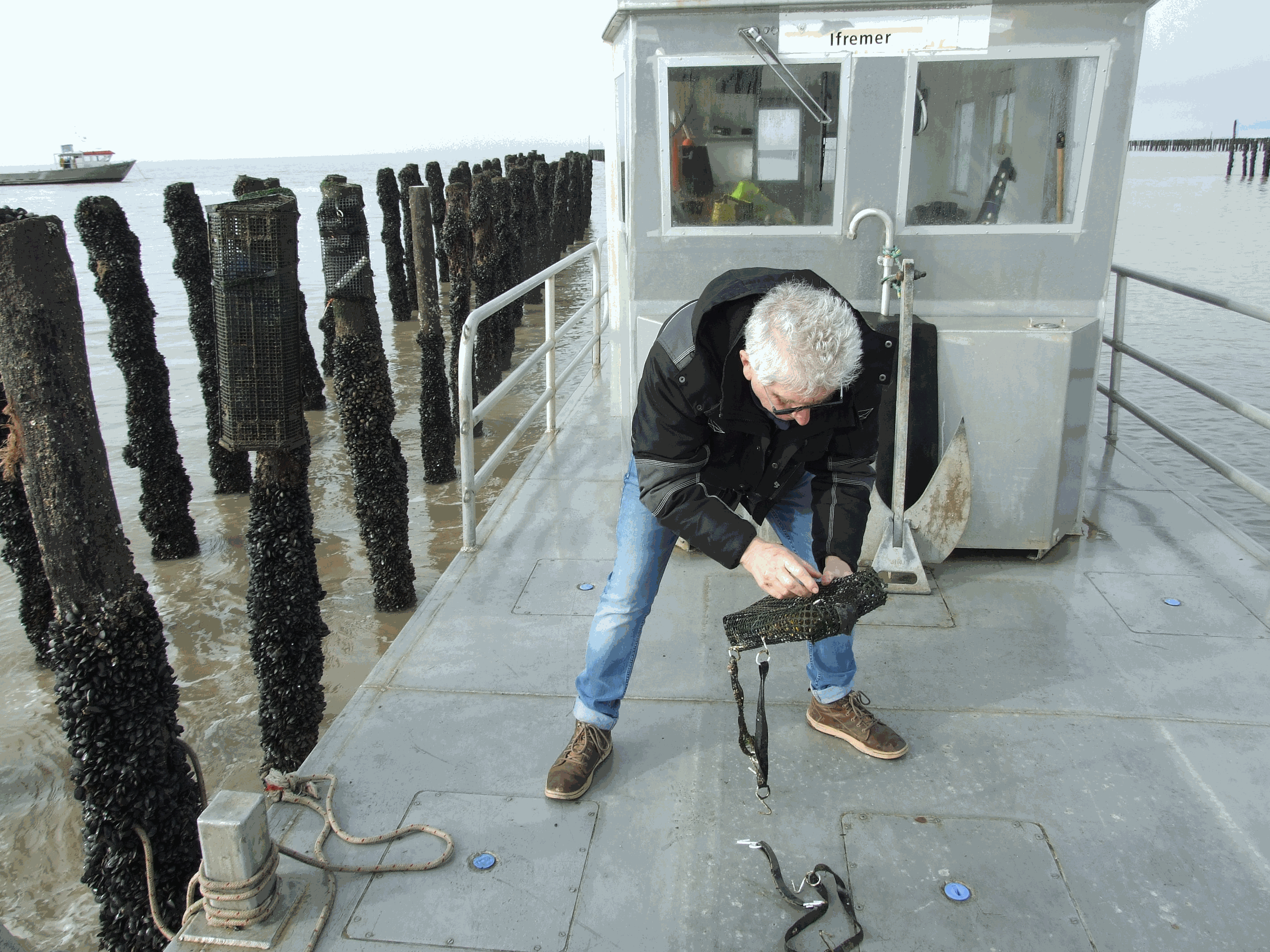chemical contaminants
Type of resources
Available actions
Topics
Keywords
Contact for the resource
Provided by
Years
Formats
-

ROCCH, the French Chemical Contaminant Monitoring Network, regularly provides a new official dataset for assessing the chemical quality status of French coastal waters. Concentrations of trace metal elements and organic compounds were measured in samples of marine surface sediments collected in the English Channel and Bay of Biscay, during 3 campaigns over a period of 6 years. Samples of fine sediment material, from 200 to 250 monitoring stations, were freeze-dried and sieved prior to analysis. The Results were submitted to the international database of ICES (for the OSPAR Convention).
-

Rocch, the french "mussel watch", provides chemical data for marine quality management. Once a year, trace metals, organic compounds (chlorinated, PAH, brominated flame retardants, perfluorinated compounds, organotins ...) are analysed in molluscs tissues to check chemical quality according to European Framework Directives and to Regional Seas Convention (OSPAR).
-

Rocch, the french "mussel watch", provides regulatory data for shellfish area quality management. Once a year, molluscs (mainly mussels and oysters) were sampled at fixed periods (currently mid-February, with a tolerance of one tide before and after the target date) on 70 to 80 monitoring stations in areas used as bivalve molluscs production. For each monitoring station, molluscs are collected in wild beds or facilities, ensuring a minimum stay of 6 months on-site before sampling. The individuals selected are adults of a single species and uniform size (30 to 60 mm long for mussels, 2 to 3 years old for oysters, and commercial size for other species). A minimum of 50 mussels (and other species of similar size) or 10 oysters is required to constitute a representative pooled sample. Lead, mercury, cadmium, PAHs, PCBs, dioxins and, since 2023, regulated PFASs are analysed in molluscs tissues.
 Catalogue PIGMA
Catalogue PIGMA